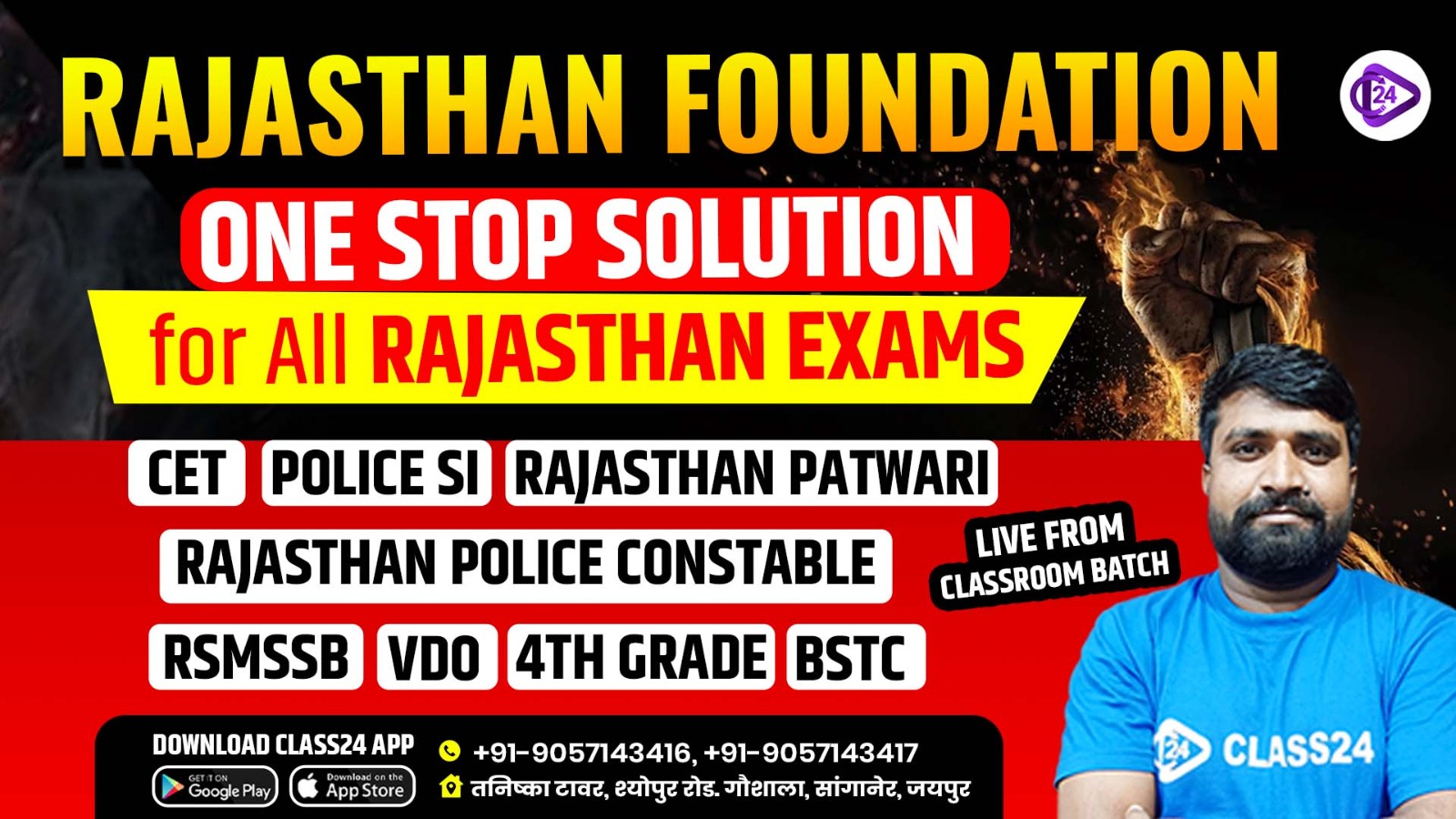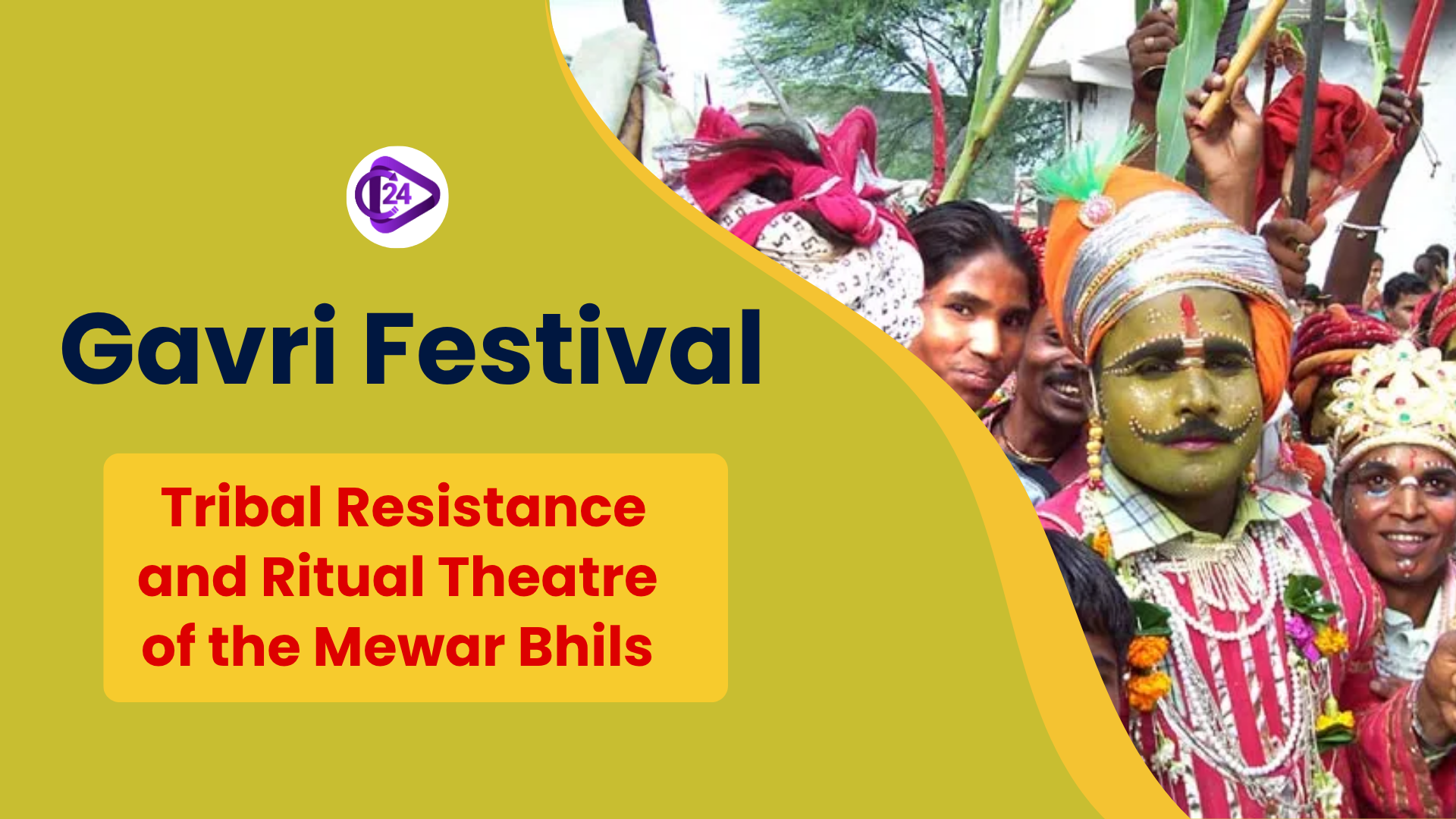
Gavri Gavri is an only 40 days ritualistic folk theatre observed by Mewar Bhils of Southern Rajasthan, after Raksha Bandhan. This is dedicated to shakti(Goddess Gauri/Parvati ) and is accomplished by all-male troupes, who conduct dance-dramas between different villages. The satire and mythology are involved in criticizing powers of caste and state at the festival and social hierarchies are turned down uproariously as a symbolic portrayal of power. It is also spiritual as well as political and it keeps the Bhil identity and their ecological values. Captured by Aditi Mehta and Sudharak Olwe, Gavri represents a testimony of tribal survival and cultural assertion and struggle in itself.
Context:
-
Occasion: The event is an annual post-monsoon festival of Bhils in the south of Rajasthan that is enacted by Bhil Adivasis.
-
Area: Mewar region Udaipur, Rajsamand, Chittorgarh, Dungarpur and Banswara districts.
-
Significance: Religiosity, Caste protest, culture statement in a single overarching performative culture.
Important Characters of Gavri Festival are:
-
Gavri is a colorful religious tribal festival that takes place in the Mewar region of South Rajasthan or specifically in districts such as Udaipur, Rajsamand, Chittorgarh, and Bhilwara. It is mostly practiced by the tribe of Bhil in the months of August - September (after the monsoon period which is in the Hindu month of Bhadrapada).
-
Period: It is a 40 days long festival where Bhil villagers do not drink and eat non-vegetarian; they also do not shave their body parts and exercise complete spiritual control.
-
Performances: Folk theatre which entails outdoor dramatic repertoire of mythological and tribal stories is at the heart of Gavri.
-
Themes: The tales illustrate combat between virtuous and vices, and these tales are influenced by regional deities, such as Devnarayan, Bhairuji and Chamunda Mata.
-
Actors: Male actors, dressed in bright traditional outfit, perform all the roles even of women and gods.
-
Purpose: It is supposed to call down divine secrets as a defense to the village and blessings of good health, rain and wealth.
Major Characteristics of Gavri Festival:
Spiritual And Ritual basis:
-
It starts after the festival of Raksha Bandhan, and this denotes Goddess Parvati as the sister to the Bhils.
-
It includes fasting, travelling barefoot and religious commitment to Bhil gods.
Performance Dynamics:
-
Exerted by khelyas-actors of 16-40 age.
-
It consists of 1520 plays including Badliya Hindwa, Bhilurana and Banmata which are played in 3540 villages.
-
Associated with no written text; shared through performance, songs, satire and storytelling.
-
Female roles performed by men, which spoke about the fluid gender performance in a patriarchal environment.
Thematic Content:
-
Satire on kings, gods, Brahmins and the colonial iron.
-
Emphasizes nature worship, Bhil resistance, and condemnation of the violence of the state.
-
Temporal dynamic inversion of power and caste during the plays.
Ceremonial Elements:
-
Symbolic ownership (avsar aana) in which the performers go into divine trance.
-
The performers are housed by the villagers which strengthens membership and the family units.
-
Exhibited in the IGNA (ligneoMs disp[\arlivingston hearing, at The Eternal Dance of Tribal India, by the Indira Gandhi National Centre for the Arts (IGNCA).
Cultural and Social Effect:
-
Restores Adivasi cosmos and anti-histories of resistance.
-
Empowers tribal identity as mainstream culture is lost.
-
Blasts capitalist and Brahmanical hegemony by use of subversive art.
Conclusion
Gavri is not only a festival, but also theatre, resistance and renewal of the Bhils. It breaks caste ladders, opposes patriarchy and practices ecological principles. It is important to maintain such festivals as part of the Indian cultural plurality as well as inclusion of the tribal in national discourse.



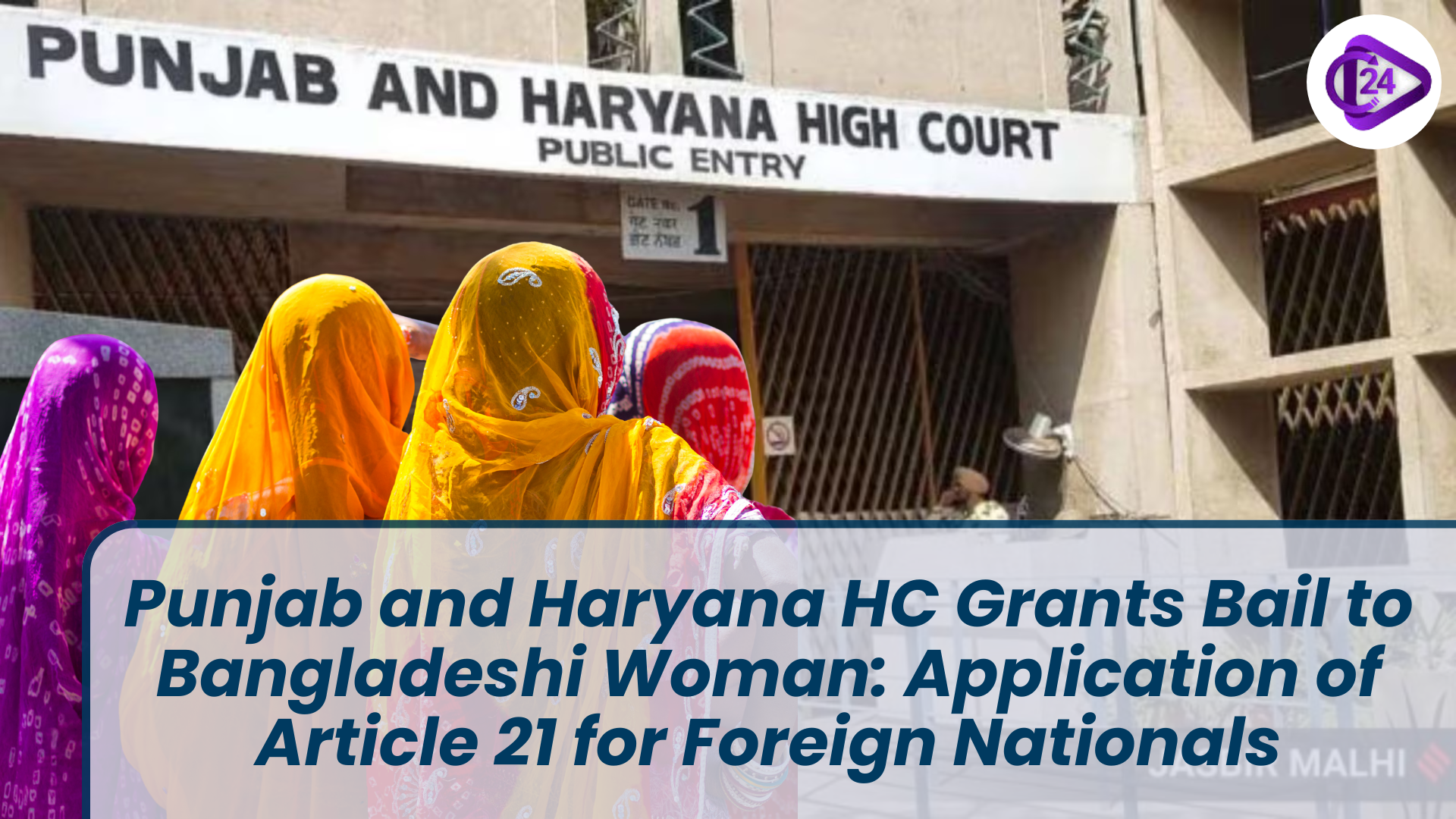 Punjab and Haryana HC Grants Bail to Bangladeshi Woman: Application of Article 21 for Foreign Nation
Punjab and Haryana HC Grants Bail to Bangladeshi Woman: Application of Article 21 for Foreign Nation NHAI launches Project Aarohan to support education of toll plaza workers’ families
NHAI launches Project Aarohan to support education of toll plaza workers’ families RAN SAMWAD-2025: A Groundbreaking Tri-Service Seminar on Warfighting at Army War College
RAN SAMWAD-2025: A Groundbreaking Tri-Service Seminar on Warfighting at Army War College CISF Launches First All-Women Commando Unit to Strengthen Gender Parity
CISF Launches First All-Women Commando Unit to Strengthen Gender Parity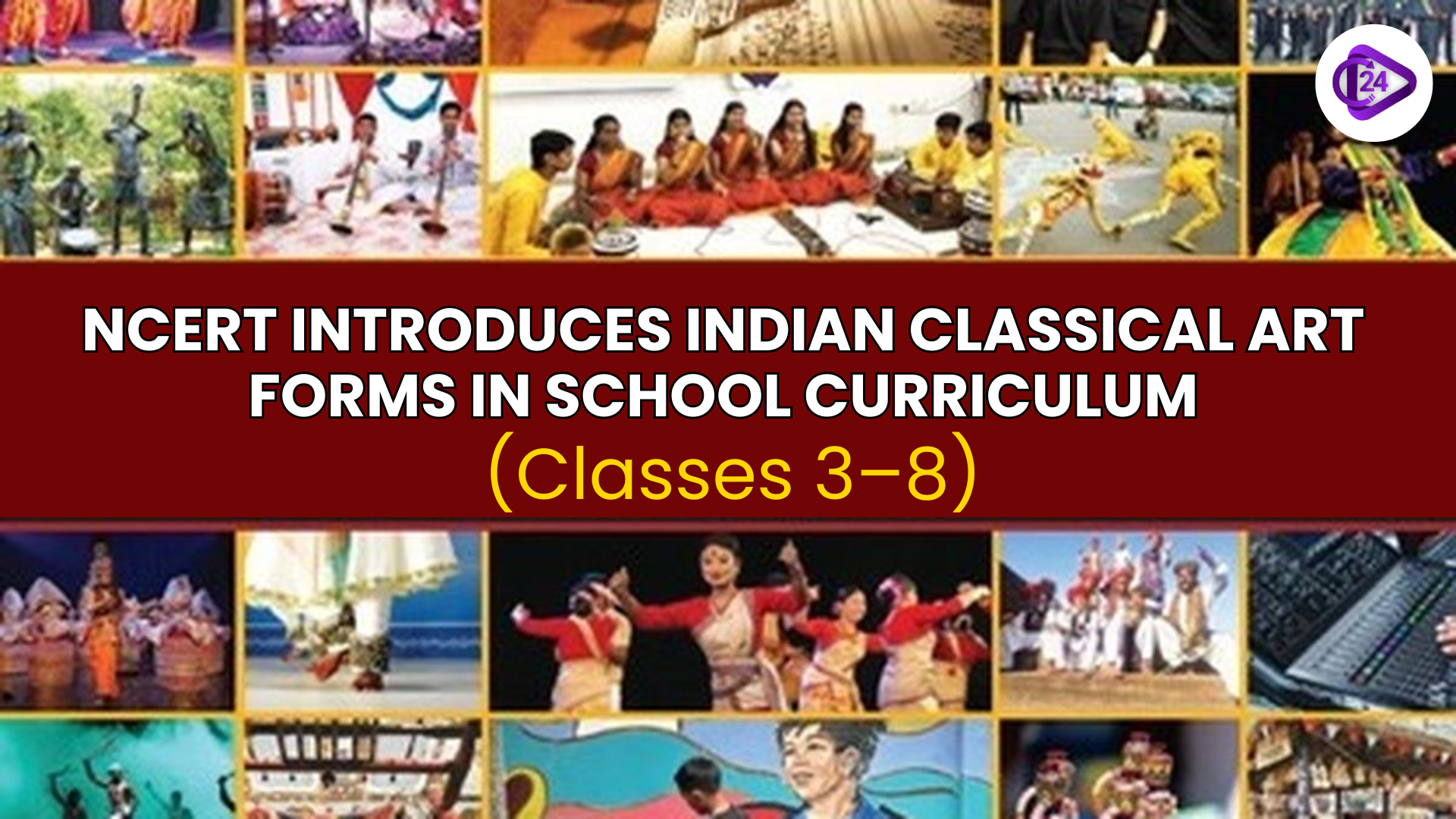 NCERT Introduces Indian Classical Art Forms in School Curriculum (Classes 3–8)
NCERT Introduces Indian Classical Art Forms in School Curriculum (Classes 3–8) What has NOTTO said about organ donations to women?
What has NOTTO said about organ donations to women? Srinagar’s Dal Lake Hosts First-Ever Khelo India Water Sports Festival
Srinagar’s Dal Lake Hosts First-Ever Khelo India Water Sports Festival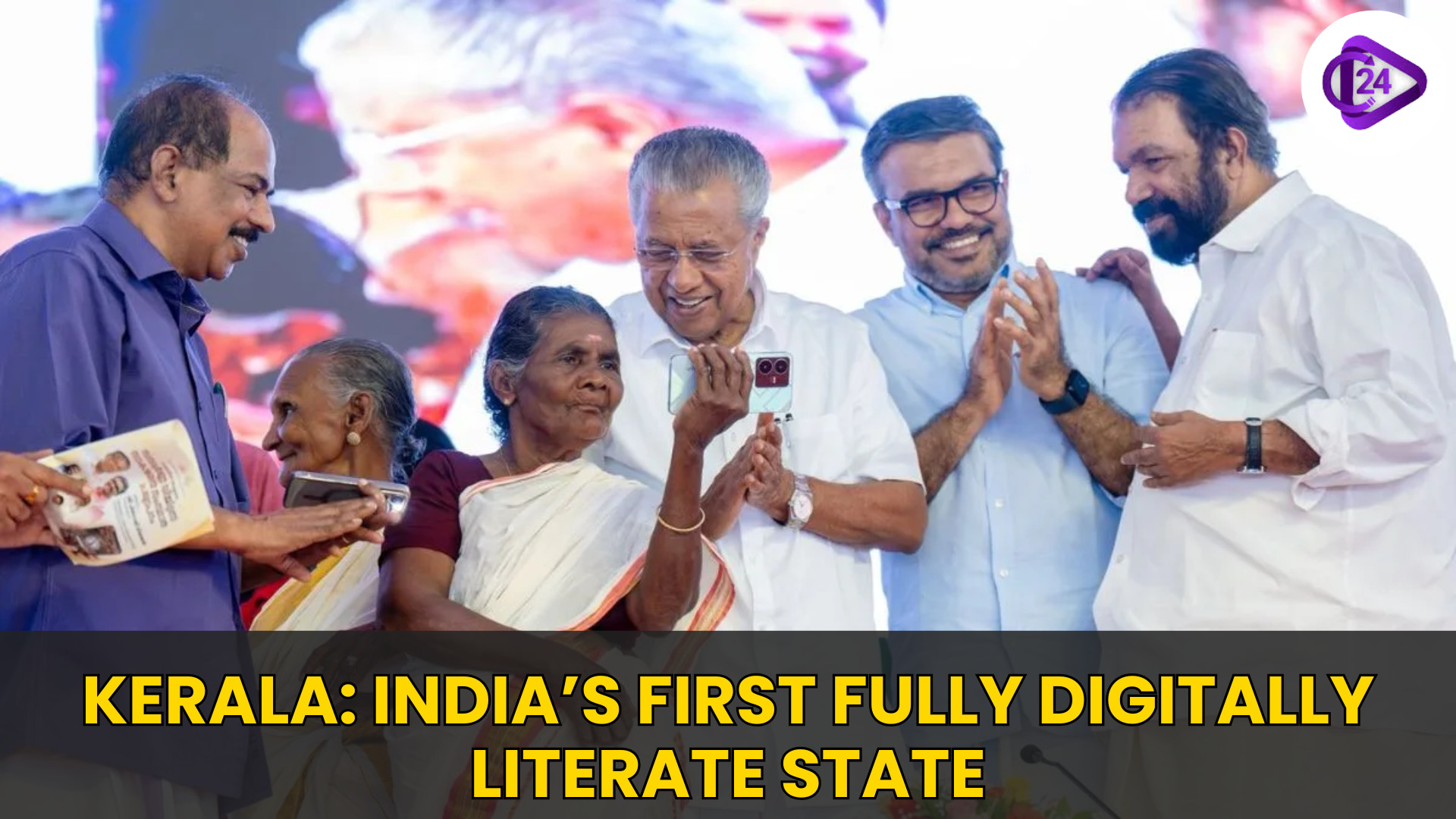 Kerala: India’s First Fully Digitally Literate State
Kerala: India’s First Fully Digitally Literate State Lok Sabha Clears Bill Banning Real Money Gaming
Lok Sabha Clears Bill Banning Real Money Gaming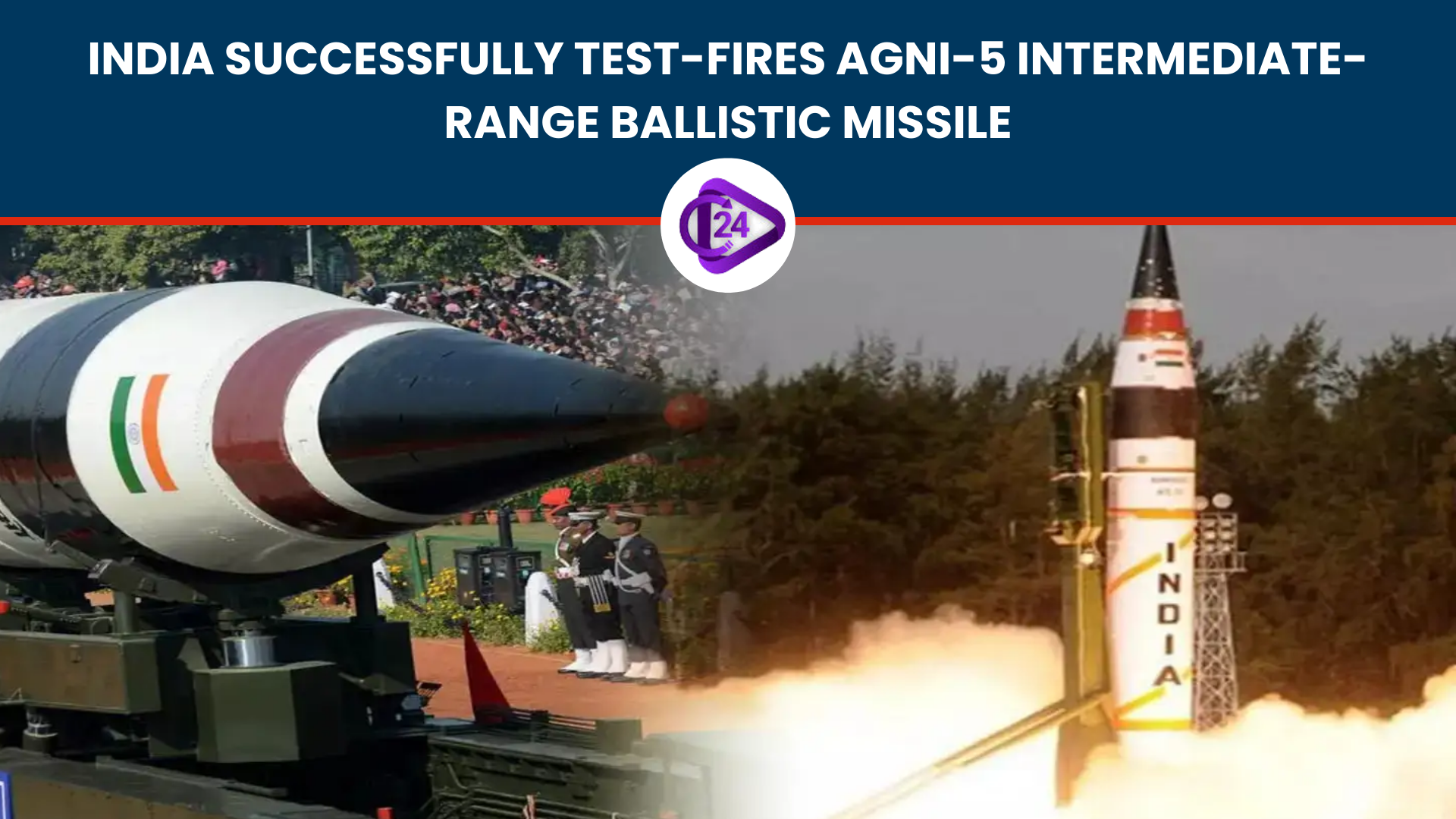 India Successfully Test-Fires Agni-5 Intermediate-Range Ballistic Missile
India Successfully Test-Fires Agni-5 Intermediate-Range Ballistic Missile